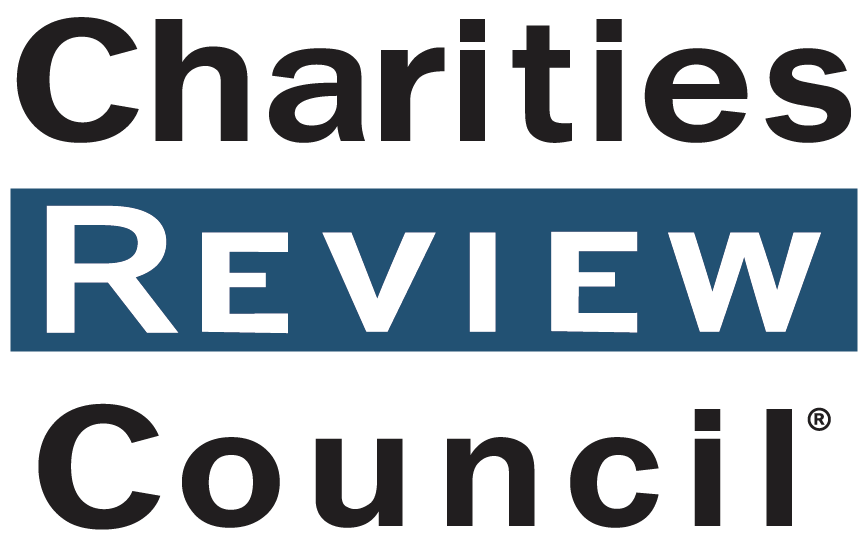This is part three of our Journey Through the Diversity, Equity & Inclusion Toolkit blog series. You can read part one here and part two here.
Here at Charities Review Council, we’re committed to taking ourselves through the Diversity, Equity & Inclusion Toolkit on an annual basis, and we’re sharing our findings and key learnings with all of you. In part one of this blog series, we shared our journey to getting started. In part two, we talked all about the survey itself. Today, we’re excited to dive into the results: How to review them, who to review them with, and how the results can inform organizational goals around diversity, equity, and inclusion efforts.
#1 Reviewing the Results
With the survey now complete, you’re ready to dig into your results. The Diversity, Equity & Inclusion Toolkit makes reviewing the results easy with guided reports, discussion questions, and prompts for goal setting all built-in. The results are broken down into three categories:
- People, that reflect an organization’s diversity;
- Processes, that demonstrate an organization’s culture of inclusion; and
- Power, structures that show how an organization makes decisions that lead to greater equity.
People
The People section provides you an overview of your organization’s demographics, including information about race, ethnicity, gender identity, age, income, religion, ability, service area, and the perception of representation by the organization. This section and its results can help you reflect on whether or not your organization is reflective of the community it is working for and with.
Process
The Process section parses out the responses based on the person’s role, so it’s easy to compare, for example, what the staff is saying in comparison to what the board or participants are saying. This section and its results allow you to think about your organization’s standard operations, whether they are formal policies or informal organizational culture. Understanding how you work and what you do is an important part of addressing how you act on your values.
Power
Last but certainly not least, the Power section has color-coded graphs that make it easy to visually understand your organization’s power structures. This section looks at stakeholders’ involvement in six areas of organizational development. This series of questions asks respondents to assess their own level of involvement as well as their perception of their stakeholders’ involvement. Put together, it can give a dynamic representation of the intensity of involvement across roles within and with the organization.
At Charities Review Council, we reviewed our results with a DEI Toolkit Committee, which was made up of Council board and staff members. During this review, we asked questions like:
- What does this information tell us about our organization?
- What opportunities do we see?
- Where are we doing well?
- Where did the perception of our work not match the intention?
- Is there a need for additional communication or education around what we do/who we serve?
After reviewing the results, the committee prepared a presentation for the board including highlights, opportunities, and proposed goals for the future. Every organization’s review of the results will vary. Our DEI Toolkit Committee met twice before making their presentation and sharing their recommendations to the full board and staff.
#2 Share the Results with Board and Staff
Our DEI Toolkit Committee led the charge around reviewing the results in detail. They did an initial deep-dive review and then shared their high-level findings with the full board and staff. Staff used the results and findings to inform annual plan goals and strategies that the board of directors later approved. This process allowed us to created shared goals from the get-go, leading to greater buy-in down the road.
Key Learning: Initially, we scheduled 30 minutes at a regularly scheduled board meeting to review the results from the DEI Toolkit Committee. Simply put, it wasn’t enough time. So we added additional meetings and conversation. As you’re thinking about your agenda, create time for a thorough and thoughtful conversation, or series of conversations. The work deserves it!
Stay tuned for part IV of this blog series where we’ll be talking about our DEI goals. Don’t miss a post! Click here to subscribe.
>> Interested in learning more about the DEI Toolkit? Join us for an upcoming overview session.
>> Already subscribed but looking for more support? Join us for an upcoming user group session.


